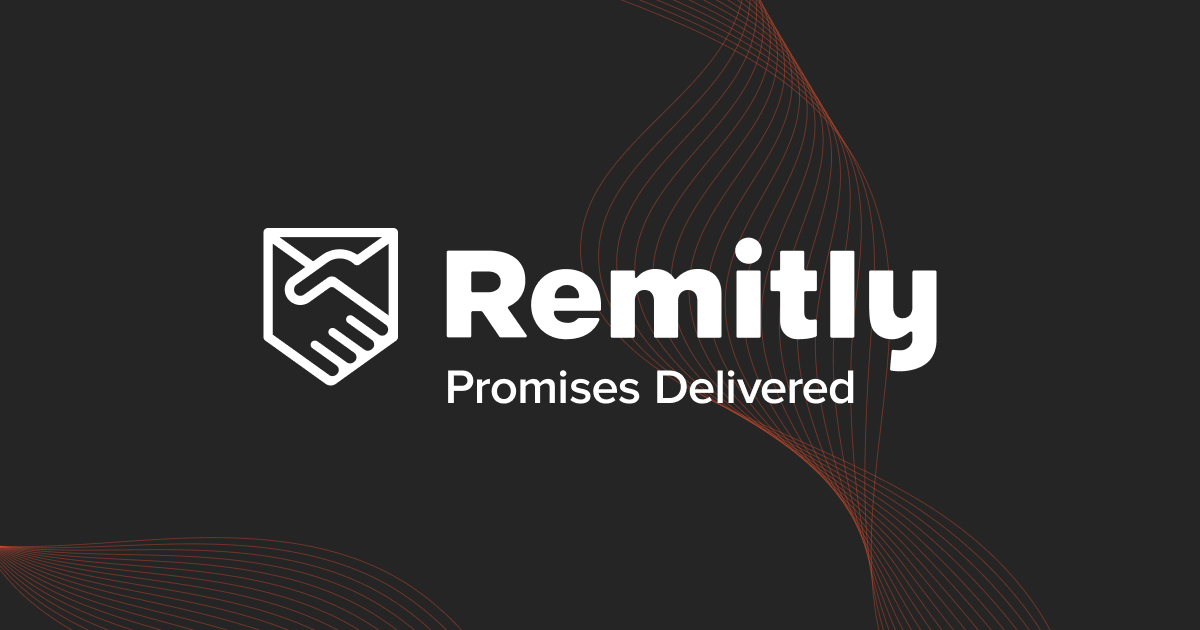Overview
About
As one of the latest unicorn companies in Seattle (with a $1.5B valuation in July 2020),Remitly is a digital remittance service that makes international money transfers faster, easier, more transparent, and affordable than brick-and-mortar establishments.
Challenge
Needed to improve cloud cost visibility and be able to effectively communicate costs to leadership team.
Solution
Remitly implemented CloudZero’s cloud cost intelligence platform to automatically map costs to products, features, and development teams.
Outcomes
- Created a cost-conscious engineering culture and made cost a non-functional requirement.
- Enabled over 20 development teams to make informed engineering decisions with cost in mind.
- Made cost an important KPI as part of their monitoring and observability strategy.
- Empowered the executive team to make more informed decisions about areas of investment and prioritization of projects.
As a major digital disruptor to the nearly $600 billion global remittance industry, Remitly has always focused on maintaining strong unit economics. Their business model centers on making international money transfers faster, easier, more transparent, and affordable than brick and mortar establishments — so cost and innovation are equal priorities.
The Challenge
Like most software-driven companies, a key contributor to Remitly’s costs is their AWS bill. In 2019, Peter Samaan — who leads the infrastructure team responsible for running the Remitly platform — was focused on improving their cloud cost visibility.
“Remitly is very data-driven — and we knew that we needed a way to be as data-driven with cloud cost as we are with everything else,” Peter explained.
He also needed a way to effectively and confidently communicate with his leadership team about cloud cost. Like any executive team, they care about the cost of new business initiatives, products, and teams — and the cost data they were receiving from AWS was not automatically aligned with those constructs.
“We were seeing growth in the business, which was great. At the same time, we were also seeing growth in our cloud costs — which isn’t a bad thing as long as we’re investing in the right areas. We just needed a way to better understand the relationship between the two.”
Not only is the Remitly team data-driven, but the engineering organization at Remitly has fully embraced DevOps. “We’re very big on team autonomy,” said Peter. “I don’t want to act as a gatekeeper. My job is to empower teams to make the right decisions and own their products.”
This led the team to investigate how they could transform their cost data into a format that was easy to consume and explore for engineers.
Their first step was to build a custom cost data pipeline and dashboards — a process that took him and two engineers a quarter to complete and covered about 60% of their total costs. So while they had invested significant work, they still didn’t have the visibility they needed.
The Solution
Peter and his team then turned to CloudZero, a cloud cost intelligence platform that connects cloud costs with software products and the engineers who build them.
“CloudZero is a solution that lets me account for all of my AWS costs without much effort — and proactively notifies me of changes,” explained Peter.
Without manual tagging effort, they were immediately able to improve allocated resources from 60% to 90% coverage compared to their homegrown tool. Then, with CloudZero’s machine learning-driven context mapping, they divided costs into products, features, and development teams. They also no longer required their engineers to maintain a custom solution.
With CloudZero, Remitly now has a way for their nearly 150 engineers to easily understand their costs and how they relate to their products. They receive regular product-specific updates and cost anomalies in Slack, then can quickly drill down into any cost to understand the source of it.

Peter Samaan
Infrastructure Engineering Manager, Remitly
The Results
A culture of cost autonomy
The relevant, context-rich cost data has helped Remitly engineers to incorporate cost into decision-making. “Dev and product teams were already considering time, effort, and dev resources — but without cloud cost, they could not do a complete cost-benefit analysis,” said Peter.
With over 20 development teams, Peter’s job isn’t to always know the details of every single project, so it’s key to empower them to make their own decisions. With the right cost context, they’re positioned to make the most informed decisions in the interest of the company.
According to Peter, a culture of cost-conscious development doesn’t always mean choosing the cheapest option. It’s about treating cost as a non-functional requirement.
“Some tradeoffs are complicated — like availability. We always want to be as resilient as possible, but we need to have a conversation about how much we’re willing to spend and which concessions we’ll make.”
A new metric to inform monitoring and observability
Like many disruptive cloud-native companies, Remitly has a comprehensive monitoring and observability strategy to monitor KPIs. They associate technical metrics with applications, give each app a “score” based on performance, then channel that data back to the appropriate teams so they can prioritize improvements and technical debt. Cost is now a part of that score — and helps them to more holistically understand their technical debt.

Peter Samaan
Infrastructure Engineering Manager, Remitly
A new data source for strategic decision-making
According to Peter, the engineering team isn’t the only group to improve decision-making — his executive team is also benefiting from having cost aligned to business metrics. CloudZero “allows [him] to communicate progress to [his] executive team in a way that makes sense to them.”
They can see the cost of a business initiative or product feature, rather than the total cost of AWS. In turn, this helps the executive team to make more informed decisions about areas of investment and prioritization of projects.
A proactive approach to cost
Overall, Peter believes CloudZero has helped him to shift the way his teams approach cost — without adding manual effort.

Peter Samaan
Infrastructure Engineering Manager, Remitly



